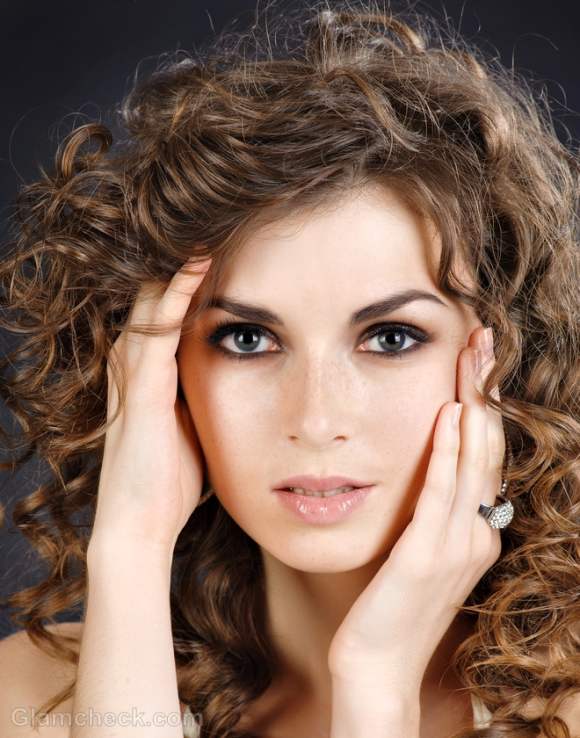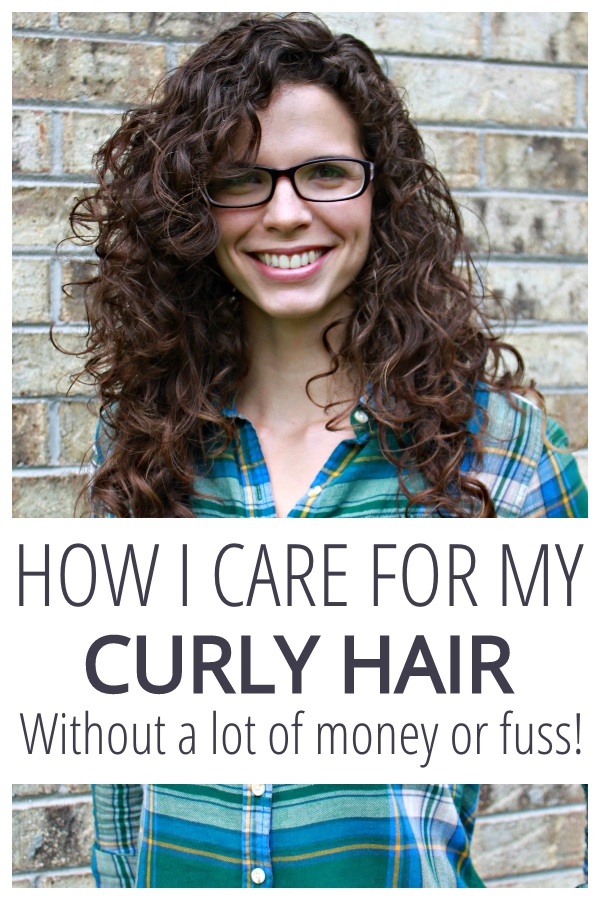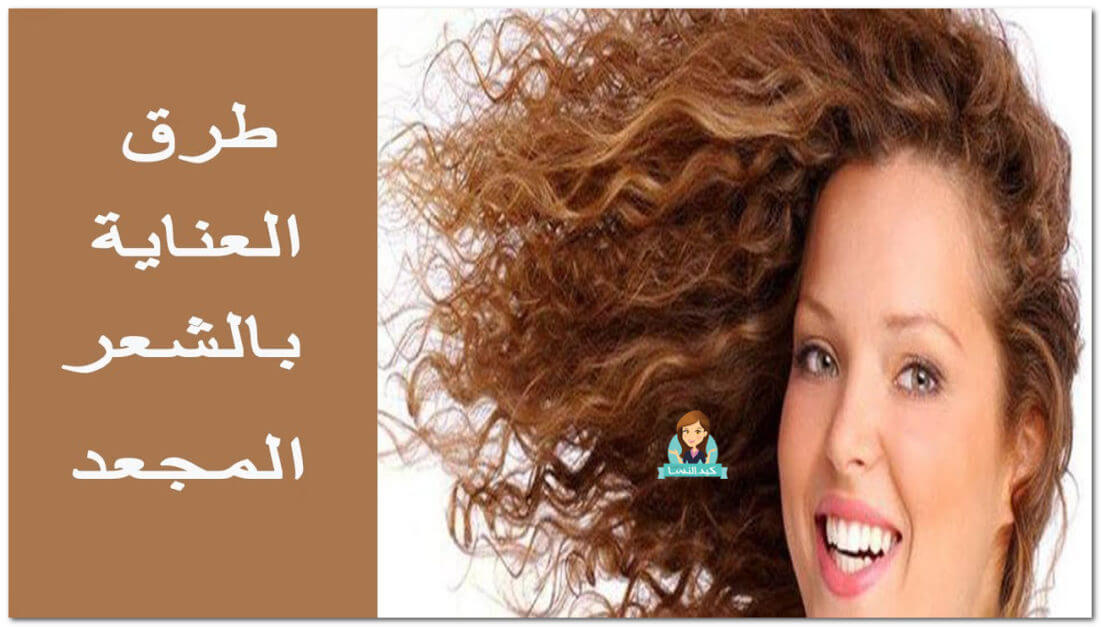Curly Hair Care At Home

Curly Hair Care At Home
Types of Curly Hair
There are several different types of curly hair. For instance, there are tight ringlets, loose waves, and kinky curls. Each type of curls requires different types of care and different products. It is important to be aware of the type of curls that you have before beginning a hair care routine. If you are not sure of your curl type, you can ask your stylist or a family member to help you identify the type of curls you have.
Finding the Right Products
Choosing the right hair products is an essential part of any curly hair care routine. When selecting products, look for items that are specifically designed for curly hair. These products often contain ingredients such as shea butter, coconut oil, and aloe vera which help to hydrate and nourish the hair. Additionally, choose products that are free from sulfates, parabens, and other harsh chemicals. When looking for a shampoo, select one that is sulfate free. This will help keep the natural oils in your hair and scalp intact. In addition, look for conditioner that is designed for curly hair as this will help to keep the curls soft and hydrated.
Styling Tips
When styling curly hair, it is important to start with clean hair. This means washing your hair with a sulfate-free shampoo and conditioner. After washing and conditioning, apply a leave-in conditioner or curl cream to help hydrate and nourish the curls. Additionally, use a wide-tooth comb to detangle the hair. Avoid using a brush as this can cause frizz and breakage. When styling, try to avoid using too much heat. When using a curling iron, try to keep the heat at a low setting. In addition, use a heat protectant product to help protect the hair from damaging heat.
Protective Styling
Protective styling is a great way to keep the hair healthy and protected. This can be done by wearing braids, buns, or other styles that keep the hair away from the face and off the shoulders. Protective styles can also help to reduce tangles and knots, making detangling easier. Additionally, protective styling can help to reduce the amount of heat and styling products used, which can help to minimize damage. Protective styling can also help to give the hair a break from styling, allowing the curls to be nourished and grow.
Conclusion
Taking care of curly hair at home does not have to be a difficult task. With the right products, styling techniques, and protective styling, it is possible to keep the curls healthy and looking their best. Additionally, it is important to be aware of the type of curls that you have so that you can choose the best products and styling techniques. With the right combination of products and techniques, anyone can learn to care for their curly hair at home.
15 Curly Hair Care Home Remedies For Growth, Dry Hair (DIY) |Trabeauli

Curly Hair Care Tips

Curly Hair Care Tips

FAQ: Curly Hair Care • Cheapskate Cook

How to Care for Curly Hair At Home : Naturally Curly Hair Care Tips 2021

Pin by Christina Gonzalez on Hair | Natural curly hair care, Curly hair

How To Take Care Of Curly Hair For Naturally Healthy, Radiant Curls

العناية بالشعر المجعد في المنزل | مجلة كيد النسا

Curly Hair Care and Maintenance

12 Curly Hair Care Tips and Home Remedies That Works | Hair care tips
